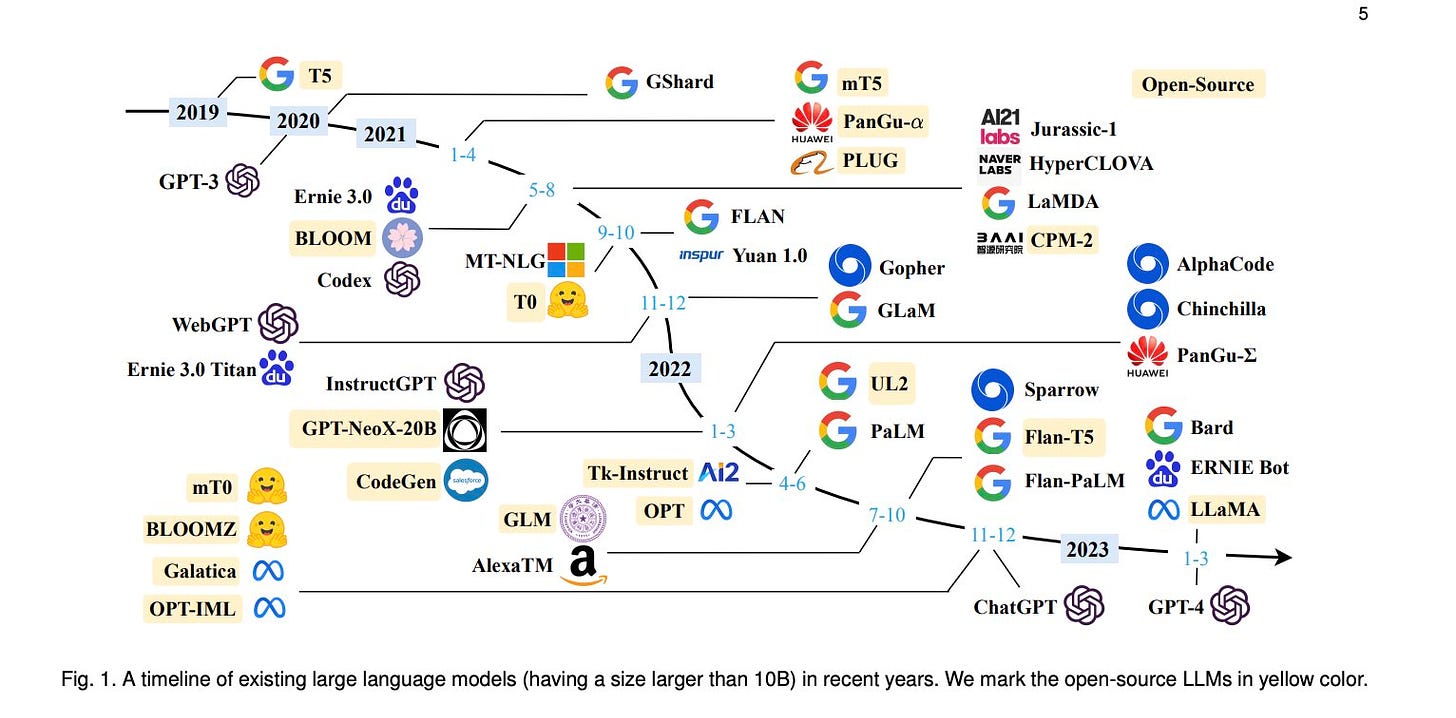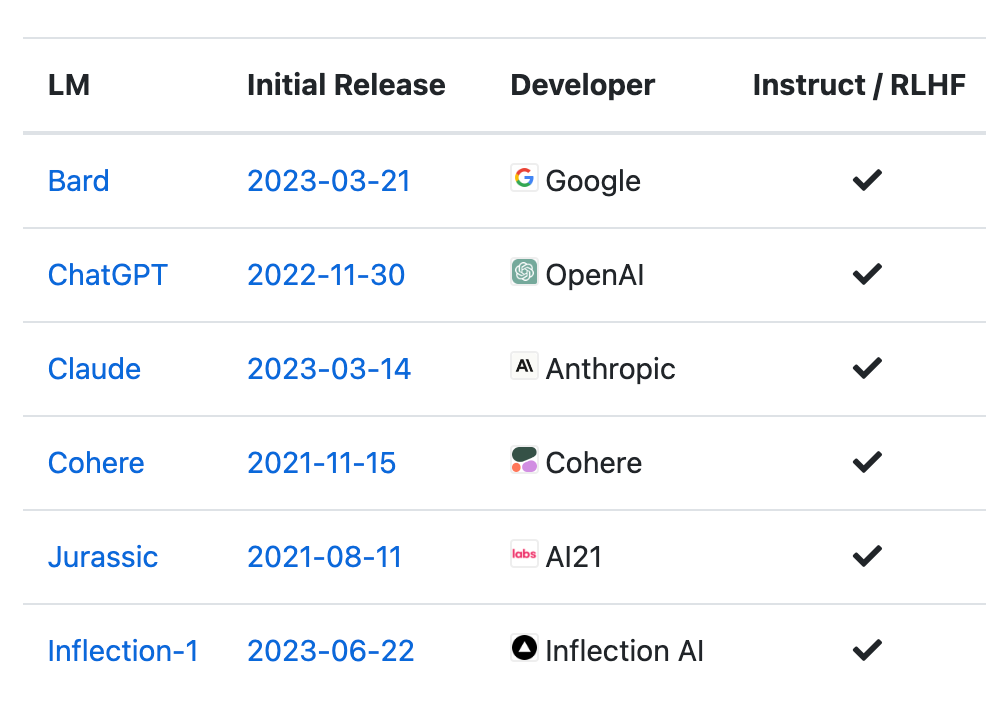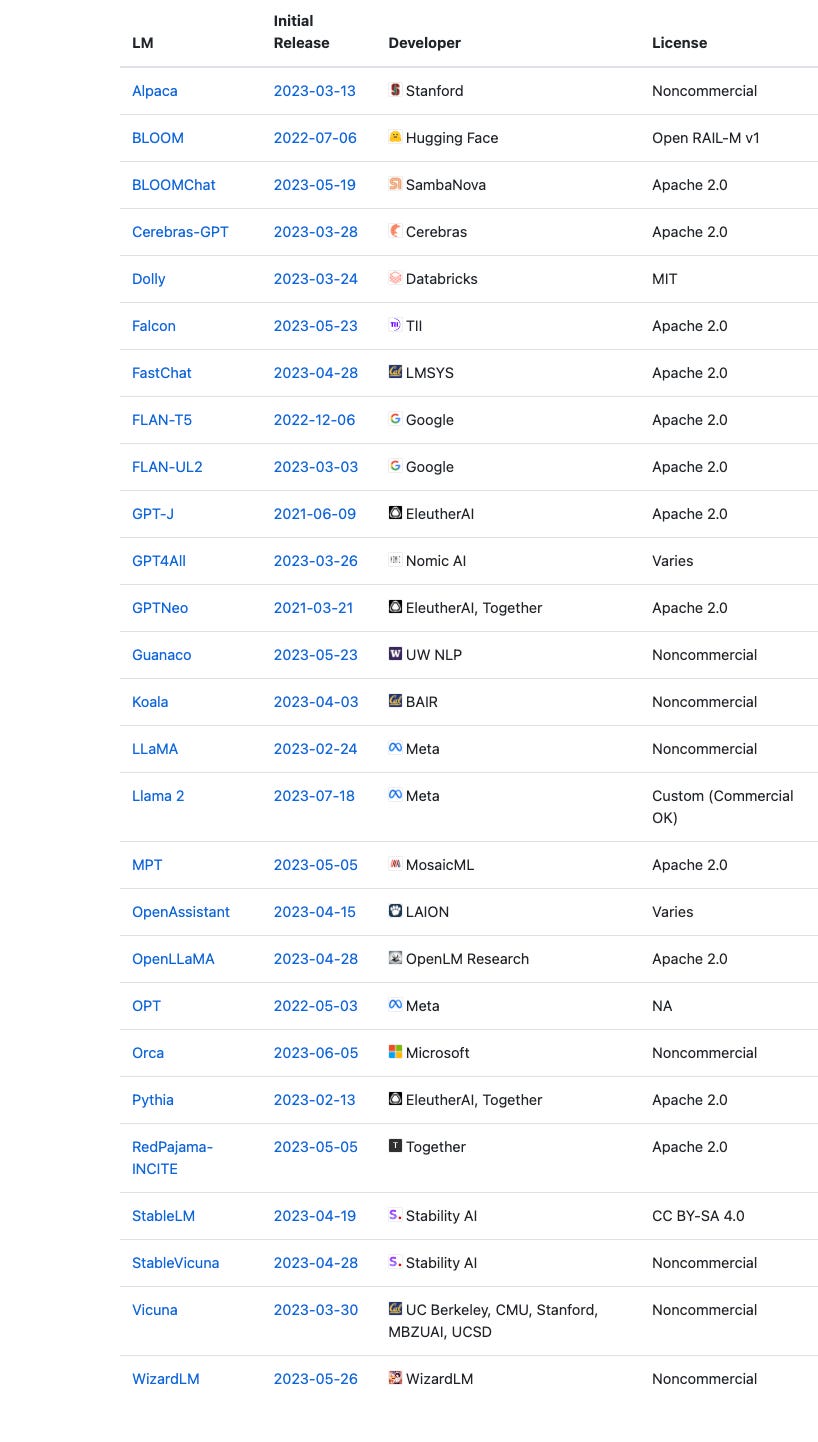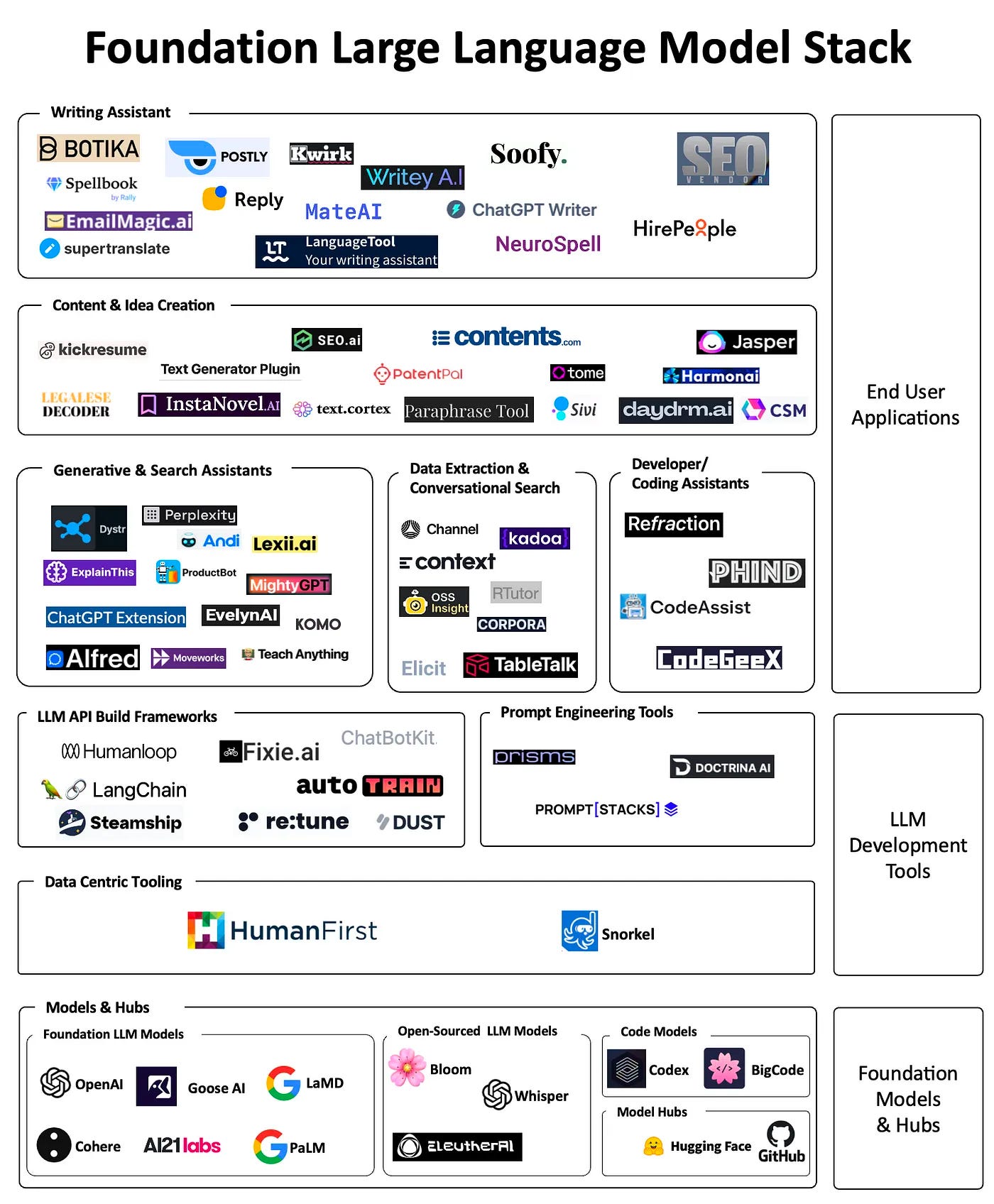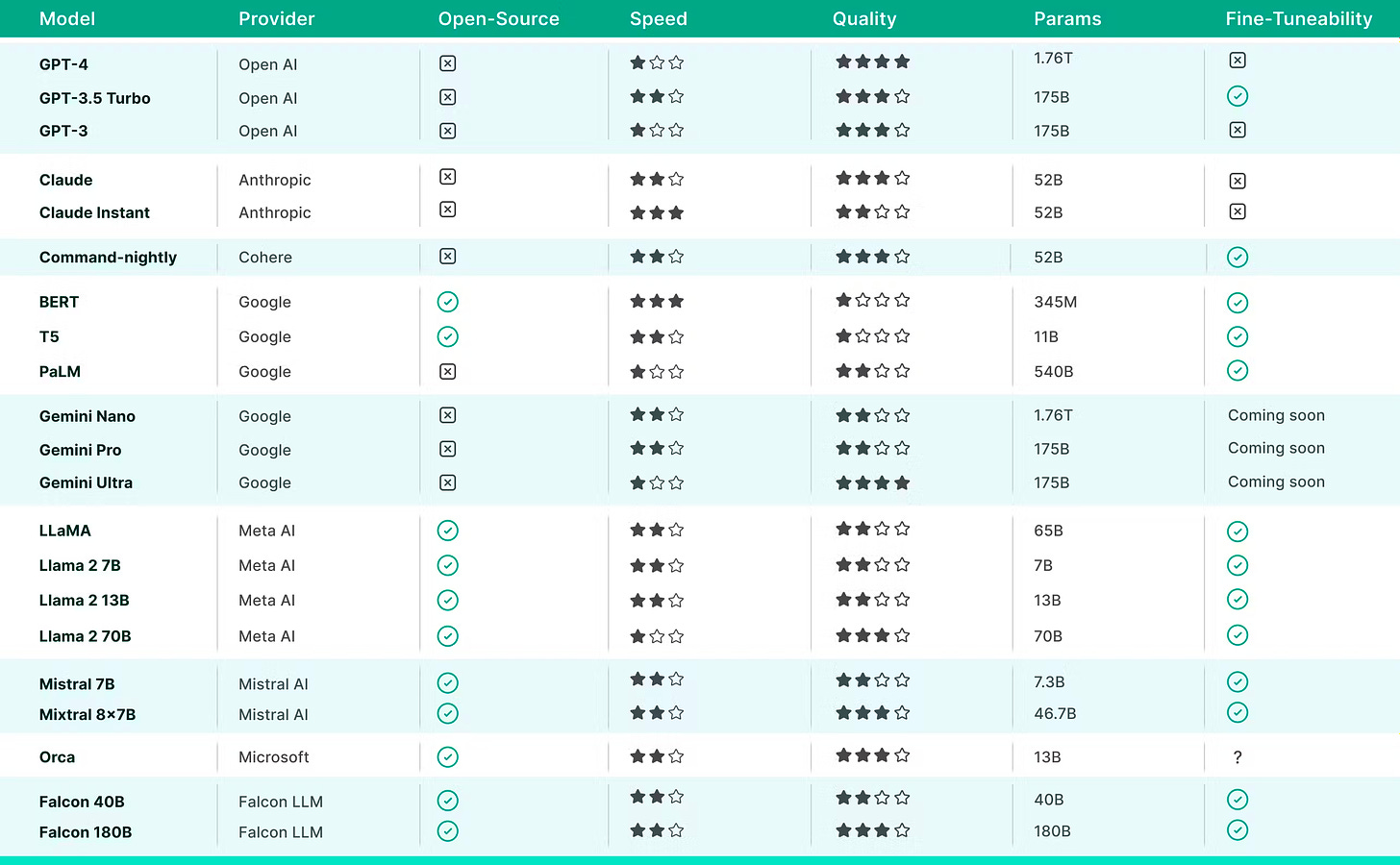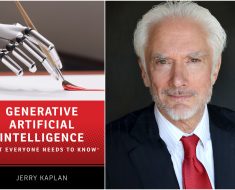Embrace the power of AI and let the algorithms be your compass in the vast ocean of product innovation. The future belongs to those who can ride the waves of technological change.
❇️ How familiar are you with AI and LLMs in the context of product management?
🌟 I am incredibly excited to share this 2nd issue of a special 10-part newsletter series dedicated to AI for product managers. 🚀
This series is crafted to illuminate the path for product managers, like yourself, navigating the thrilling yet intricate world of AI and LLMs. Subscribe below 👇 and Don’t miss out on any part of this series as we embark on this enlightening journey 🛤️, exploring the fascinating intersection of AI and product management.
What’s in Store?
Our journey will unfold over 10 comprehensive editions, each crafted to transform you into an AI-savvy product leader. Here’s a glimpse of what each edition holds:
❇️ Introduction to General AI for Product Managers – Click here
❇️ Basics of Large Language Models for Product Managers
❇️ Prompt Engineering Magic
❇️ The Diverse World of AI Product Managers
❇️ Mastering AI Product Management
❇️ ‘Moat’ in AI and Tech
❇️ Building Your Own LLM
❇️ AI Integration in Product Development
❇️ Ethical AI and Responsible Product Management
❇️ AI’s Future in Product Innovation
With this solid grounding, you’ll be equipped to incorporate AI and contribute to building innovative products. 🚀
Large language models (LLMs) like ChatGPT are taking the world by storm. As product managers, understanding the capabilities and limitations of these models is key to leveraging them for innovation.
In this edition, we’ll cover:
-
What are large language models? 💬
-
The evolution of LLMs
-
How LLMs are transforming industries 📈
-
The role of LLMs in product innovation and user experience 📲
-
Costs and data requirements to build LLMs at scale 💸
So let’s get started!
Large language models are a subset of AI algorithms specialized in processing and generating human languages. They are trained on massive text datasets to statistically learn relationships between words, phrases and even full documents.
LLMs can understand text, answer questions, summarize long passages, translate between languages, write code and more. The most advanced models like ChatGPT demonstrate human-level language comprehension.
So in a nutshell, LLMs are AI systems focused on natural language tasks. Their specialized training enables varied applications from search to creation of written content.
The origins of LLMs trace back to 2018 with OpenAI’s GPT model. GPT pioneered the approach of pre-training transformer neural networks.
Transformers process entire text sequences in parallel rather than sequentially. This breakthrough architecture combined with scaling model sizes enabled exceptional advances.
After GPT, models like BERT, GPT-2 and GPT-3 demonstrated steady progress in 2020. Each upgrade showed abilities like summarization, translation, question answering and even simple common sense reasoning.
The big bang moment came at the end of 2022 with ChatGPT. Its human-like conversational ability despite no explicit training for dialogue highlighted LLMs potential.
Rapid releases from competitors are now bringing new features like teaching abilities, multimodal understanding and knowledge updating.
So in just 5 years, LLMs have progressed tremendously from niche academic research to mass adoption! 📈
Comprehensive Overview of Commercial Large Language Models and Their Release Information
Source: Sapling AI
Comprehensive Overview of Open Source Large Language Models and Their Release Information
Source: Sapling AI
LLMs are already powering innovations across sectors:
🗞️ Media: Automated article generation from prompts
🛒 E-Commerce: Conversational product recommendations
🤖 Customer Support: Intelligent chatbots for instant resolutions
💻 Coding: Automatic code generation from descriptions
🎨 Design: Creating images, videos and 3D model from text prompts
And this is just the beginning! As capabilities mature, more disruptive applications will emerge.
LLMs can drive the next generation of conversational agents with unparalleled language mastery.
They overcome limitations of rule-based bots and traditional NLP by dynamically responding based on understanding contexts.
For product managers, such chatbots enable seamless self-service support and high satisfaction. Happy customers promote rather than detract your brand.
From order tracking to technical troubleshooting, intelligent chatbots are a competitive necessity these days.
And exciting proprietary data opportunities exist. LLMs like Chatgpt, Bard or Claude can be trained on all your support channels – conversations, emails, documents – to uniquely resolve user issues.
Text, images, videos, code – LLMs may automate creative workflows.
Consider using Chatgpt, Bard or Claude to quickly ideate hundreds of social media post ideas.
For visual content, DALL-E 2 and Stable Diffusion illustrate how text prompts can create market-ready images and videos.
Generative writing could expand content production 10x while maintaining quality. LLMs may even predict reader reactions for optimizing engagement!
Such exponential content growth powers organic acquisition and conversions.
LLMs open new possibilities for highly personalized, contextual recommendations.
Chatbots could converse about user interests and seamlessly suggest relevant products. No more irrelevant impulse purchases derailing buyers!
For digital subscriptions, LLMs can dynamically curate content catering to evolving reader preferences.
Even emails could adapt offers based on real-time user actions on your platform.
The ultimate vision is AI transforming each touchpoint into relevant, delightful experiences boosting satisfaction and loyalty.
So in summary, LLMs are profoundly improving user experiences across industries! 🙌
Next let’s explore LLMs role in product innovation…
Here are some ways to leverage LLMs for innovation:
Analyze vast user feedback at scale.
Uncover latent needs, pain points and behavior drivers quickly through semantic search across data assets.
Such insights combined with chatbot conversations can profoundly expand user empathy.
Use LLMs to initiate ideas or rapidly build on internal brainstorms.
Feedback hundreds of concepts with LLMs and filter most promising ones through team discussions.
Visually illustrate user journeys with AI image generation for shared understanding.
Such collective intelligence reduces individual biases for exploring unfamiliar spaces.
Before investing months in development, validate concepts with LLMs.
Describe new features to LLMs conversatioanlly and gather feedback.
Build interactive prototypes with chatbots and test acceptance.
Creatively leverage other modalities like AI media generation for gauging reactions.
Fail fast with LLMs to de-risk execution.
Make LLMs core to your product experience for continuous innovation.
Monitor performance metrics and regularly converse with LLMs to identify improvement areas.
Rapidly evolve features through developer augmented coding.
This build-measure-learn loop powered by AI assists pivoting products to market fit.
So in summary, LLMs distinctly reduce uncertainties and accelerate innovating offerings users love! 🚀
Here are some ways LLMs could revolutionize user experiences:
🔮 Predictive Interfaces
LLMs can anticipate user needs and surface relevant information proactively. For example, ridesharing apps showing prices before booking or e-commerce sites recommending products unasked.
🫂 Empathetic Conversations
Whether answering product queries or providing technical support, LLMs ensure pleasant, efficient resolutions. The familiarity of chat puts users at ease.
💬 Natural Commands
LLMs facilitate executing tasks through intuitive chat instructions rather than complex menus. Consider managing your crypto portfolio via talking to Claude.
🦾 Augmented Experiences
Blend LLMs into interfaces for boosting human abilities. Engineers coding faster with AI autocompletion or marketers ideating creatives effortlessly illustrate the possibilities.
😊 Personalized Content
Text, audio or media – LLMs can customize all content to individual user interests and contexts. For example, fitness apps tailoring workout recommendations to ability, goals and equipment availability unlock better results.
The common thread here is LLMs humanizing digital interactions by understanding contexts, having nuanced dialogues, and expanding what users can achieve.
This drives satisfaction while embedding products deeper into consumer lives.
Truly the foundations for the next platform revolution! 💫
Now finally let’s tackle scaling LLMs.
The Foundation Large Language Model (LLM) & Tooling Landscape
The recent explosion of startups offers LLMs as a service. Platforms like Oprn AI, Anthropic, Stable diffusion and google on the forefront abstract away model complexities for rapid experimentation.
However, designing proprietary models still remains alluring for many. So what does in-house LLM development entail?
Training large language models (LLMs) like ChatGPT involves considerable investment, primarily in computational resources. The cost for training a single session of a model like GPT-3, which underpins ChatGPT, is estimated at around $1.4 million. This figure reflects the extensive use of high-power computing resources, such as thousands of advanced GPUs, and the associated electricity costs.
For larger LLMs, training costs can vary significantly, ranging from $2 million to $12 million. These costs underscore the complexity and the advanced technological requirements of developing such state-of-the-art AI models.
In the specific case of GPT-3, the precursor to ChatGPT, OpenAI reportedly spent about $12 million for a single training run. This high expenditure is a testament to the sophisticated nature of these models and the significant computational power they require.
Given these figures, it’s evident that developing cutting-edge LLMs demands a substantial financial commitment. These costs are generally within the reach of major technology companies and well-funded entities, reflecting the importance and potential of advancements in the AI field. As AI technology continues to evolve, more cost-effective methods of training such models may emerge, potentially lowering these substantial expenses in the future
LLMs perform best when comprehensively trained across wide topics. Models like GPT-3 ingested hundreds of billions of words and billions of images, videos, websites, books!
No brand likely possesses such extensive proprietary assets. This makes pre-trained models accessible through APIs quite appealing.
However, for customization gathering at least tens of millions of words as domain-specific data is recommended. Sources tend to be existing databases like customer conversations, manuals or transaction records.
With decent data volume and quality, additional model tuning then squeezes out substantial accuracy gains.
In conclusion, developing production-grade LLMs needs multi-million investment. Teams must factor long term server fees too.
Yet for well-resourced category leaders, the benefits of owning core differentiating tech may warrant costs if addressing novel use cases.
Overview of Recent Large Language Models and Their Developers
-
Large language models are AI systems specialized in natural language processing
-
From GPT to ChatGPT, LLMs have achieved human-level mastery recently
-
LLMs are driving innovations across industries with intelligent chatbots, content creation and personalized recommendations
-
LLMs can transform product innovation by assisting rapid ideation, prototyping and enhancing offerings
-
They may also revolutionize user experiences through predictive, empathetic and augmented interfaces
-
Developing custom LLMs needs multi-million investment in data and cloud infrastructure
Excited about LLMs potential? 😃 Looking to brainstorm applications or have questions? Feel free to reply to this edition for a discussion!
I spend a lot of time researching on topics to give you the best content, If you like my work please like and share it with others. If you have any feedback for me or want me to write on other topics please leave a comment below. Thanks for your continued support.
✌️ It only takes one minute to complete the Net Promoter Score survey for this Post, and your feedback helps me to make each Post better.
https://siddhartha3.typeform.com/to/ApU8zlRR
If you liked reading this, feel free to click the ❤️ button on this post so more people can discover it on Substack 🙏
Visionary Thinking & Value Creation
Strategic Communication & Planning
Product Strategy Insights
Market Understanding & Customer Psychology

